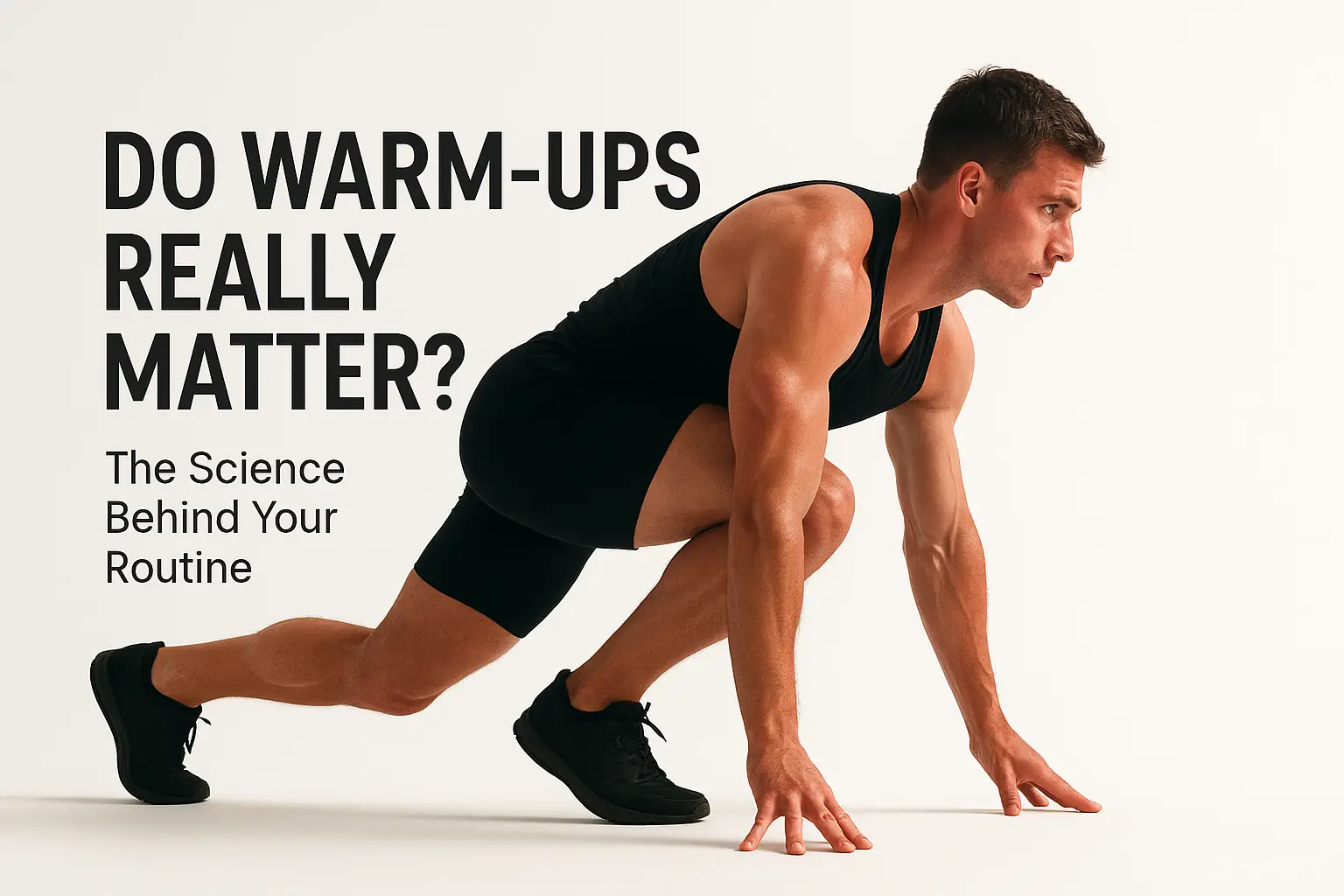
The temptation to skip your warm-up and jump straight into your workout is real. Time is short, and you want to get to the “real” work. However, science makes it unequivocally clear: a proper warm-up is not a optional prelude; it is a critical component of the workout itself. It directly impacts your performance, safety, and long-term results. Let’s break down the physiology of why.
What is a Warm-Up’s Primary Goal?
The goal is to prepare your body for the physical stresses to come by creating specific physiological changes:
1. Increased Core Temperature: A light aerobic activity (jogging, jumping jacks) increases blood flow. Warm muscles are more pliable and elastic, like a warm rubber band, reducing the risk of strains and tears.
2. Enhanced Blood Oxygenation: As your heart rate rises, your blood delivers more oxygen to the working muscles. This improves muscular endurance and power output from the very first rep.
3. Neurological Activation: A warm-up “wakes up” your nervous system. It improves the connection between your brain and your muscles (neuromuscular efficiency), leading to better coordination, faster reaction times, and more forceful contractions.
4. Synovial Fluid Production: This fluid lubricates your joints, similar to how oil works in an engine. This reduces joint friction and allows for smoother, pain-free movement through a full range of motion.
5. Mental Preparation: A warm-up provides a ritual to shift your mental focus from the day’s stress to the task at hand, priming you for a more effective session.
Static vs. Dynamic Stretching: A Critical Difference
This is where many go wrong.
Static Stretching (holding a stretch for 30+ seconds) before a workout has been shown to be detrimental. It can temporarily reduce muscle power and strength output. Save static stretching for your post-workout cool-down.
Dynamic Stretching (moving through a range of motion) is what you want. These movements mimic the exercise you’re about to perform and actively prepare the joints and muscles.
The 5-10 Minute “Perfect” Warm-Up Protocol
A great warm-up has two phases:
1. General Warm-Up (3-5 minutes): Light cardio to raise your heart rate and body temperature.
Examples: Light jogging in place, high knees, butt kicks, jumping jacks, or cycling.
2. Specific/Dynamic Warm-Up (5 minutes): Prepare the muscles and movements you’re about to use.
For a Lower Body Day: Leg swings (forward and side-to-side), bodyweight squats, walking lunges (no weight), hip circles.
For an Upper Body Day: Arm circles (small to large), cat-cow stretches, band pull-aparts, torso twists.
The Bottom Line Skipping your warm-up is like starting your car in the middle of a Canadian winter and immediately red-lining the engine. It’s stressful, inefficient, and risky. Investing just 5-10 minutes in a proper, dynamic warm-up will lead to stronger lifts, a lower risk of injury, and better overall workout quality. It’s the simplest and most scientifically
